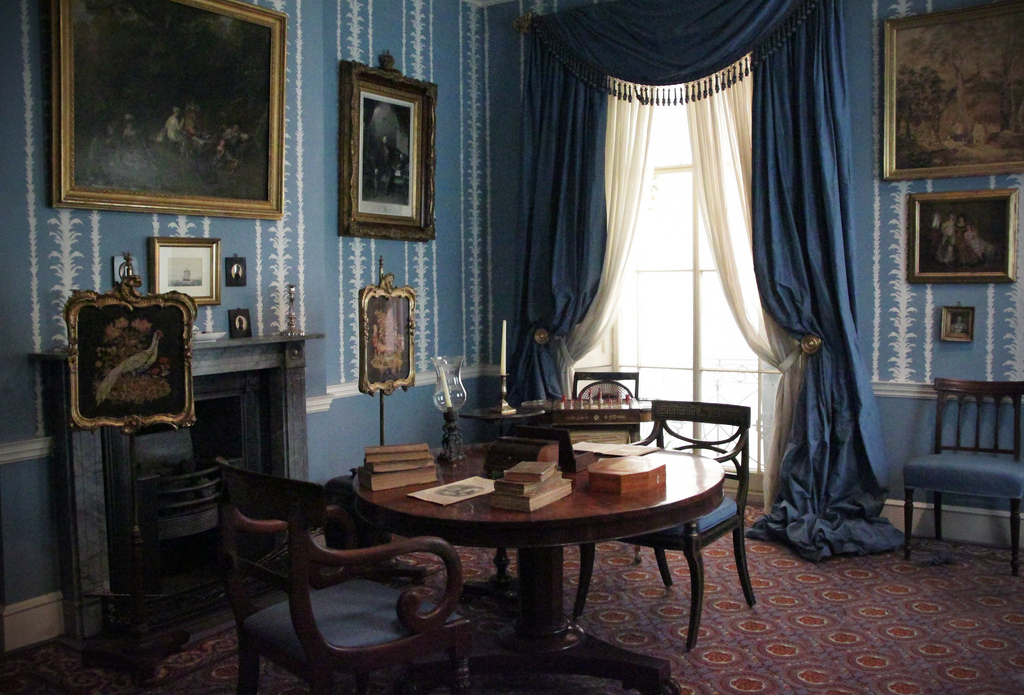Fiona Candlin
On Friday 26th January, the Mapping Museums project reached the end of its first phase, and for us, it felt like a momentous date. For the last fifteen months Dr Jamie Larkin and I have been compiling a huge dataset of all the museums that have been or were open at any point between 1960 and now. That information has now been finalised and handed over to the computer science researcher to be uploaded. In the coming weeks, we will be able to start analysing our material and generating findings about the past sixty years of museum practice in the UK.
The dataset of museums synthesises information from a wide variety of different sources. We started with DOMUS (The Digest of Museum Statistics), which was a huge survey of museums conducted in the mid 1990s and with the 1963 Standing Committee Review of Provincial Museums. These captured a large number of museums that were open in the mid to late twentieth century, but have since closed. We then added current records and information from the Arts Council England (ACE) accreditation scheme, and from the national records gathered by from both Museum Galleries Scotland (MGS), and the Welsh Museums Libraries Archives Division (MALD) and the Northern Ireland Museums Council (NIMC), since these lists both include non-accredited venues museums. The Association of Independent Museums (AIM) gave us a list of the museums that have been members their membership records and we also managed to find the results of a very old survey that they had conducted in the 1980s in the University of Leicester Special Collections library. This was research gold for it identified very small museums that are extremely difficult to trace once they have closed.
We included around half of the historic houses that are listed in the Historic Houses Association guidebook, and a number of properties that are managed by English Heritage, Historic Environment Scotland, or CADW. Deciding which venues reasonably constituted museums was a difficult process and one that we did in consultation with senior managers and curators of those associations, colleagues from the Museums Development Network and with the ACE accreditation team, although the final decisions were our own.
In the course of researching my last book Micromuseology: an analysis of independent museums, I had compiled a list of very small idiosyncratic museums, and these were added into our rapidly growing list, as were a surprisingly long list of museums that were listed online but not in any of our other sources. We then checked our dataset against the Museums Association ‘Find A Museum Service’ and against two huge gazetteers The Directory of Museums and Living Displays and The Cambridge Guide to the Museums of Britain and Ireland edited by Kenneth Hudson and Ann Nicholls in 1985 and 1987 respectively. Finally, we also consulted the Museums Association Yearbook at five yearly intervals from 1960 until 1980 and also a variety of publications that listed historic houses that were open to the public. In all cases, any venues that we had previously missed were added.
Having established a long list of museums we needed to ensure that we had a correct address, and the opening and closing dates for each venue. We also wanted to establish its governance, whether it was national, local authority, university, or independent, and if the later, if it was managed by a charitable trust or by a private group. Finding this information necessitated months of emailing and telephone calls, and we often ended up speaking to the children of people who had founded museums, or to members of local history associations in the relevant area. Even so, the process of compiling our dataset was not yet finished for we also needed to classify each museum by subject matter. In order to do this we devised our own classification system and considered each venue on an individual basis. It is little wonder that major museum surveys are infrequently undertaken.
The next phase of the research is analysing the data, so watch this space for updates. The first findings on museum opening and closure will be presented at ‘The Future of Museums in a Time of Austerity’ symposia at Birkbeck on February 24th 2018. We will also be tweeting about interesting aspects of our analysis, so don’t forget to follow us @museumsmapping on twitter.
Copyright Fiona Candlin January 2018.

